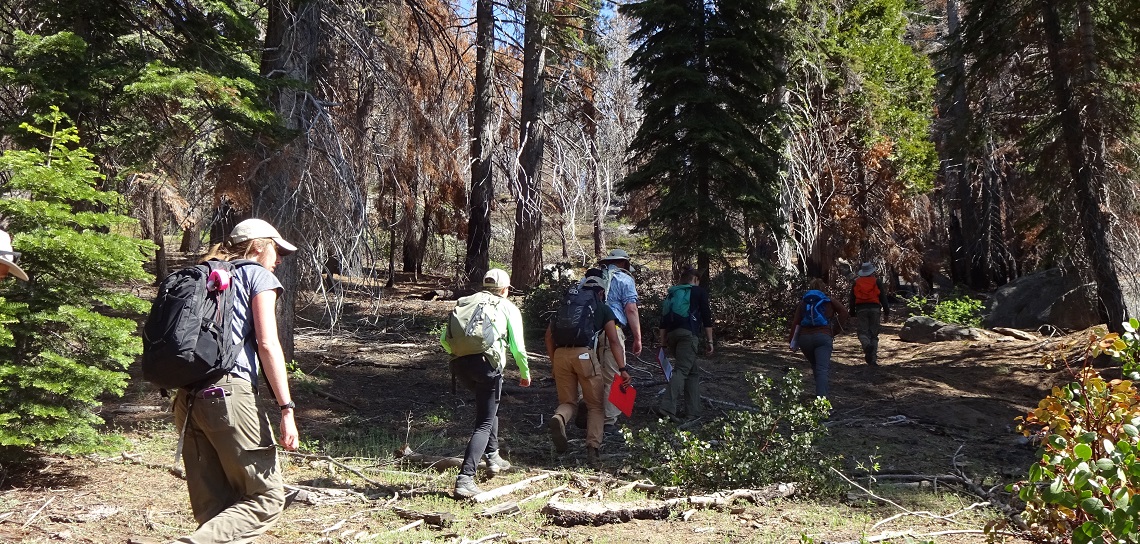This summer’s abundant monsoon rains have been a blessing for most New Mexicans, but all that moisture has caused a bumper crop of mushrooms to sprout – leading to an unexpected health risk.
“We’ve had a tremendous increase in the number of mushroom poisonings,” says Susan Smolinske, PharmD, director of the New Mexico Poison & Drug Information Center. “A lot of it is from people foraging in their backyard – deliberately doing this, not the kid putting one in his mouth.”
A total of 36 cases have been reported statewide so far in 2022, on track to exceed the total of 41 poisonings reported for all of 2021. “We have not had any fatalities this year, but there have been lots of hospitalizations,” Smolinske says.
New Mexico is home to a broad variety of mushrooms, she says. Some are edible, while others contain toxins that can cause gastrointestinal distress or even be fatal.
Because many mushroom varieties resemble one another it can be difficult to distinguish dangerous fungi from edible ones. That’s why it’s important to err on the side of caution when looking for mushrooms to eat.

There’s a saying: ‘There are old mushroom hunters and bold mushroom hunters, but no old, bold mushroom hunters.'
“There’s a saying,” Smolinske says. “There are old mushroom hunters and bold mushroom hunters, but no old, bold mushroom hunters.”
Some varieties of toxic mushrooms cause immediate symptoms, like vomiting and diarrhea. “If you get sick right away it’s less likely to be serious,” Smolinske says. “If your symptoms don’t start until later than six hours you might have ingested one of the more deadly time bomb mushrooms.”
In particular, the class of mushrooms that contain deadly amatoxin have a high fatality rate, she says. The toxic compound can attack the liver, kidneys and other organs.
People experiencing symptoms should call the New Mexico Poison & Drug Information Center hotline (1-800-222-1222), Smolinske says. “We need a really good history: How many meals did you have, how much did you eat? How many people did this with you?”
If the caller has access to a digital camera, photographs of the mushroom can be sent to the center to assist in identification. The images should be well-lit and in focus, showing the top of the cap, the gills, the stem and any features at the base of the stem, such as cup, volva or other veil remnants.
“We also want to know where was it growing,” she says. “On wood? In grass? In clumps or by itself?”
With photos in hand, the center’s staff can consult online image repositories and an expert mycologist to aid in determining whether it’s a really deadly mushroom, Smolinske says.
People experiencing severe symptoms may need to be hospitalized. While there are no approved antidotes, doctors typically provide treatments to counteract the damage.
But the best strategy is preventive. Some tips include:
- Don’t eat wild mushrooms
- Teach children never to put any part of a wild mushroom in their mouths.
- Check lawns regularly for wild mushrooms, especially after heavy rainfall, and discard them in a trash container that is inaccessible to children and pets (dogs sometimes eat mushrooms and can also suffer toxic side effects).
If you suspect you might have eaten toxic mushrooms, you can call the New Mexico Poison & Drug Information Center Hotline 1-800-222-1222
